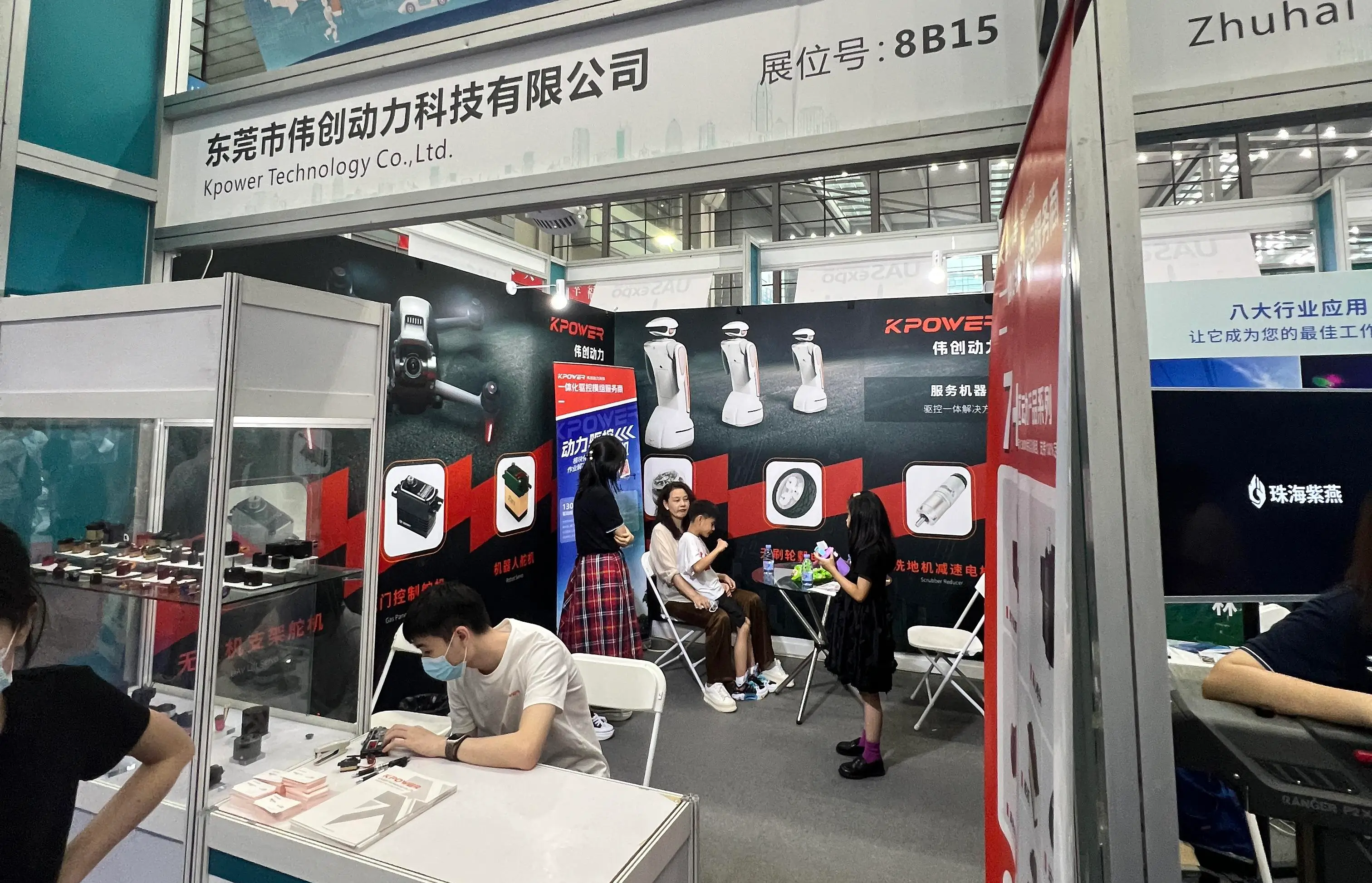Certainly! Here is the first part of a soft, engaging article about "Arcserve UDP 10.x Advanced - Socket - License," designed to be attractive and informative.

Harnessing the Power of Arcserve UDP 10.x Advanced: An Introduction to Socket Licensing
In today’s fast-paced digital landscape, data isn’t just an asset—it's the backbone of virtually every business operation. Ensuring its security, availability, and resilience is more critical than ever. Enter Arcserve UDP 10.x Advanced, an innovative solution designed for modern IT environments that demand flexibility, scalability, and robustness. At the heart of its licensing and deployment mechanism lies the innovative socket-based licensing model—a game-changer for organizations seeking streamlined, cost-effective data protection.
What is Arcserve UDP 10.x?
Arcserve UDP (Unified Data Protection) version 10.x stands out as a comprehensive backup and disaster recovery platform engineered to shield workloads across physical, virtual, and cloud environments. It combines features like continuous data protection, instant recovery, cloud integration, and advanced storage options—all in a single, user-friendly interface.
Understanding the Licensing Shift: The Socket Model
Traditional licensing methods often relied on per-server, per-agent, or per-application schemes, which could lead to complexities and inflated costs as systems scaled. The socket licensing model, introduced in UDP 10.x, seeks to simplify this paradigm. Instead of counting individual servers or instances, it bases licensing on the number of CPU sockets—a hardware-centric, yet flexible, approach that aligns licensing costs directly with hardware capacity.
This shift offers several benefits:
Scalability Without Complexity: As your infrastructure grows, you simply adjust licenses based on socket counts rather than additional individual licenses. Cost-Effectiveness: Organizations can maximize existing hardware investments without overpaying for unused or underutilized licenses. Simplified Management: Managing licenses becomes straightforward, reducing administrative overhead and compliance worries.
Why Sockets?
Using sockets as a licensing granularity aligns well with modern server architectures, where physical CPUs may host multiple cores, and virtualization environments can dynamically allocate resources. It recognizes that the CPU socket is a stable, hardware-centered unit that accurately reflects computing capacity, avoiding the complexity of counting core-based licenses or virtual machines.
What Does This Mean for Your Organization?
Imagine your data center with a handful of high-density servers. With socket licensing, licensing fees directly correlate with the physical CPU capacity, making it easier to plan, budget, and scale. For cloud or virtual environments, socket licenses often translate more efficiently, as they provide flexibility to adapt as your virtual machines or cloud instances evolve.
Practical Considerations When Using Socket Licensing
While socket licensing simplifies many aspects, there are some points to keep in mind:
Socket Count Accuracy: It’s crucial to correctly identify and report the number of sockets on each server or hypervisor host. Incorrect counts may lead to compliance issues or unexpected costs. Virtualization Environments: Licensing virtualized workloads requires understanding whether the environment presents virtual sockets or cores, and whether your licenses cover those virtual sockets. Growth Planning: As your infrastructure expands, keeping track of socket counts helps ensure you’re adequately licensed without surprises during audits.
The Broader Impact on Data Security and Business Continuity
With a clear licensing mechanism, organizations can confidently scale their data protection strategies, deploying more agents or extending coverage without bogging down in administrative headaches. This agility supports rapid response to business needs, whether that involves protecting new virtual machines, expanding storage, or migrating to the cloud.
Furthermore, Arcserve UDP’s advanced features—such as instant VM recovery, granular restore options, and hybrid cloud backup—are now more accessible when licensing is straightforward and predictable. This encourages organizations to adopt comprehensive data protection, minimizing downtime and ensuring resilience in face of cyber threats, hardware failures, or natural disasters.
Looking Forward: The Evolving Role of Licensing in Data Protection
The move toward socket-based licensing reflects a broader trend in the IT industry: as architectures evolve, licensing models must adapt to maintain flexibility and fairness. Arcserve’s approach recognizes that as modern servers become more complex, a hardware-centric but flexible licensing model can better serve businesses seeking reliable, scalable, and cost-effective protection.
In part two, we will explore more specifics about implementing socket licensing with Arcserve UDP 10.x, including best practices, real-world scenarios, and how organizations can leverage this model for maximum benefit. We’ll also discuss integration with cloud platforms, virtual environments, and strategies for future-proofing your backup infrastructure.
Would you like to proceed with Part 2 or focus on specific aspects such as deployment tips, comparison with other licensing models, or case studies?
Established in 2005, Kpower has been dedicated to a professional compact motion unit manufacturer, headquartered in Dongguan, Guangdong Province, China.




































